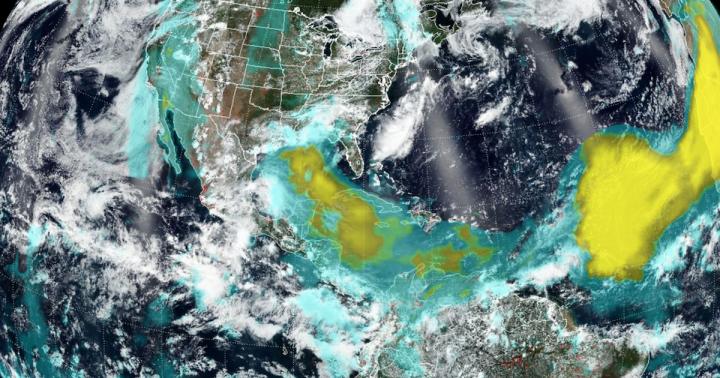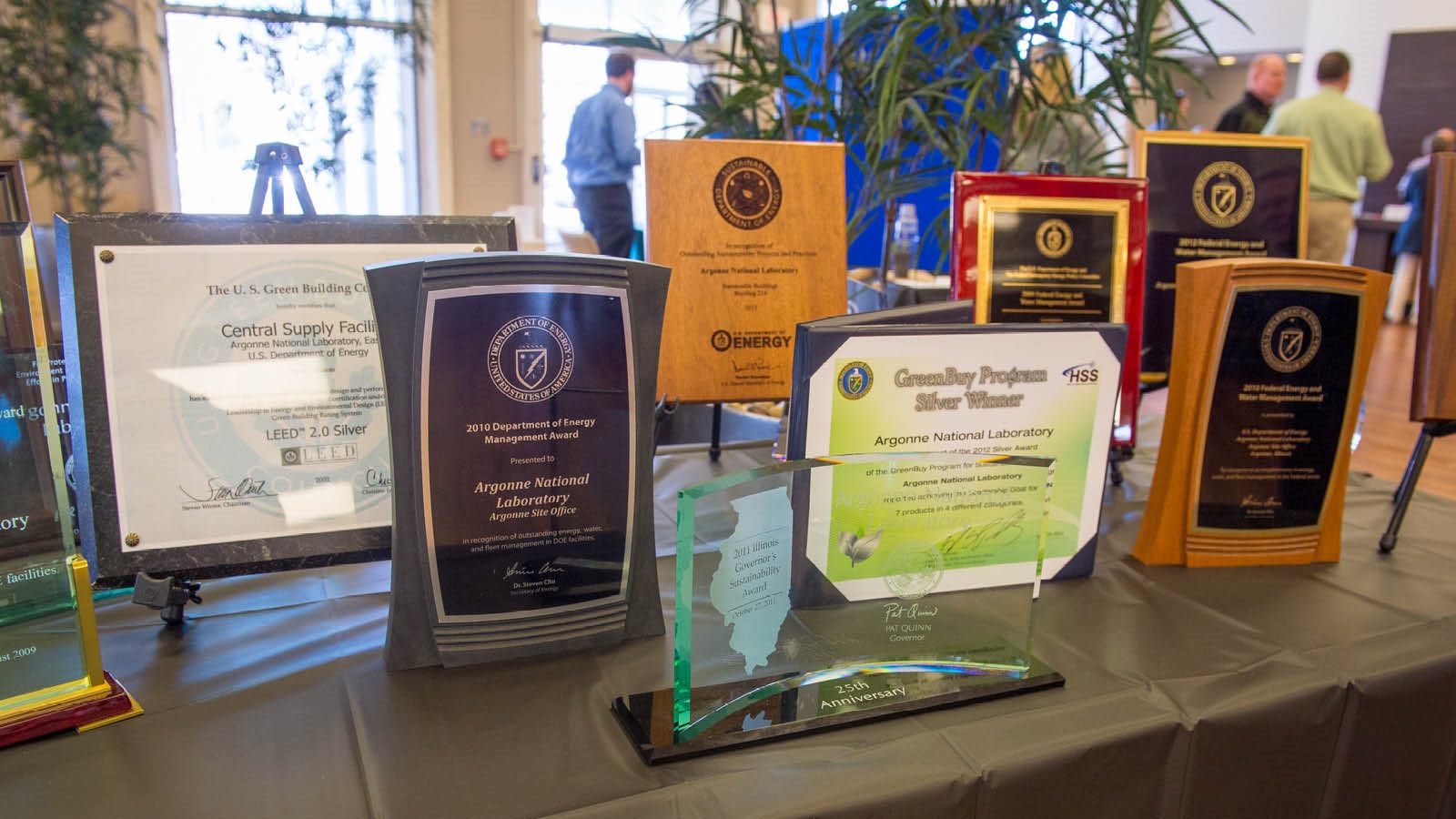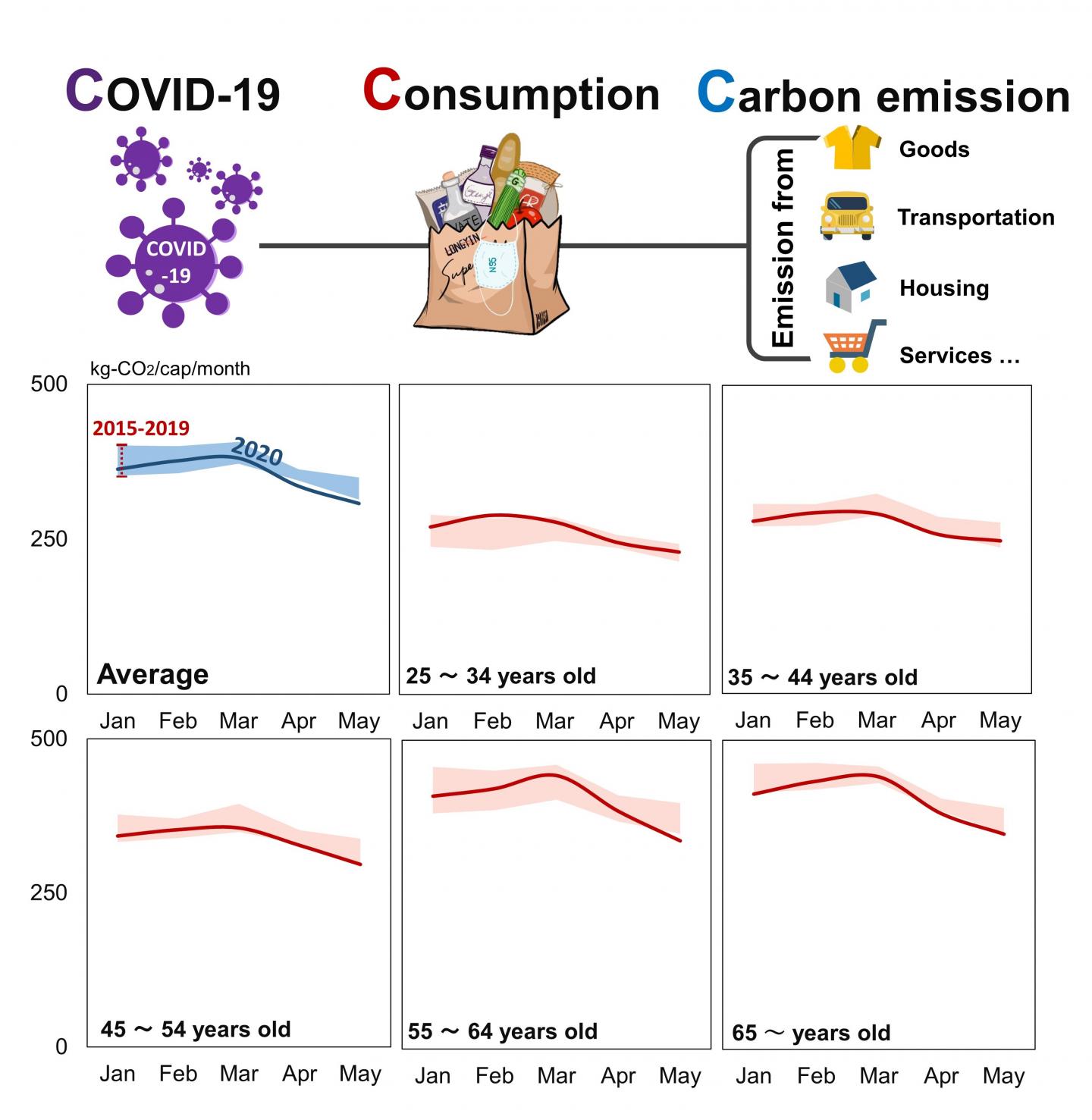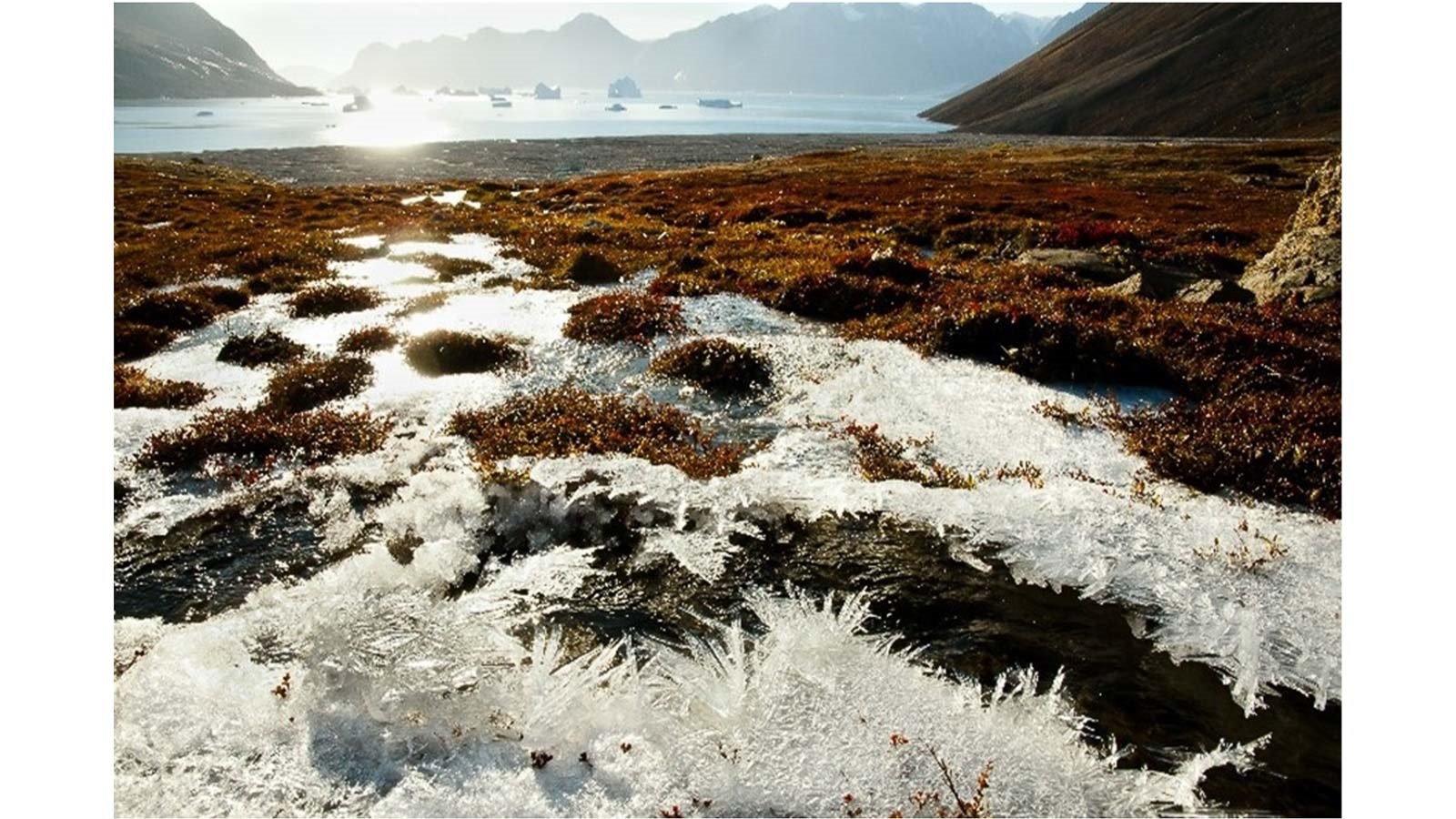Springer Nature and LYRASIS announce open access sponsorship agreement for books that support research and teaching aligned with the UN Sustainable Development Goals
Tag: Atmospheric Science
CO2 sensors in two urban areas registered big drop in emissions during COVID-19 pandemic
Scientists show they can reliably track changes in urban emissions by directly measuring CO2 in the air above cities
High blood lead levels found in indigenous peoples in Peruvian Amazonia
The study finds higher concentrations of lead in communities living where oil extraction has been most intense

Corals tell Arabian Sea story of global warming
Coral insights into 1,000 years of seasonal changes in the Arabian Sea warn of significant impacts caused by global warming.
NTU scientists establish new records of Singapore’s sea-level history
Nation’s ability to predict sea-level rise boosted with record going back to 10,000 years ago
Corals tell Arabian Sea story of global warming
Coral insights into 1,000 years of seasonal changes in the Arabian Sea warn of significant impacts caused by global warming. Every year, the southwesterly winds of the summer monsoon sweep down the Arabian Peninsula, pushing the surface waters of the…
Predicting the ocean: Improved forecast and insights for the Mediterranean and Black Seas
Marine forecasters face the challenge of predicting a very complex and constantly changing marine environment by applying ocean science, knowledge and technological skills to produce predictions of the state of the ocean . Operational forecasts are delivered daily in near…
Geostationary Earth Orbit Hyperspectral Infrared Radiance data improve local severe storm forecasts proofed by using a new Hybrid OSSE method
Since the era of meteorological satellites began in the 1950s, continuous remote sensing instrument improvements have elevated Earth science and have significantly increased available atmospheric observations. Likewise, scientists have made considerable advancements in understanding Earth’s atmosphere, climate, and environment. Furthering…
Tipping elements can destabilize each other, leading to climate domino effects
Interaction between the Greenland and West Antarctic ice sheets, the Atlantic overturning circulation, and the Amazon forest
CO2 emissions are rebounding, but clean energy revolutions are emerging
Climate change has worsened each year, but across the globe there are promising signs of real decarbonization, according to UC San Diego researchers
Extreme rainfall: More accurate predictions in a changing climate
To limit the impacts of climate change it is essential to predict them as accurately as possible. Regional Climate Models are high-resolution models of the Earth’s climate that are able to improve simulations of extreme weather events that may be…
Five million years of climate change preserved in one place
An 80-meter-thick sedimentary succession at Charyn Canyon, Kazakhstan, recorded interactions between land, atmosphere and ocean
Antarctica wasn’t quite as cold during the last ice age as previously thought
CORVALLIS, Ore. – A study of two methods for reconstructing ancient temperatures has given climate researchers a better understanding of just how cold it was in Antarctica during the last ice age around 20,000 years ago. Antarctica, the coldest place…
Current global environmental law and policy are failing, experts say
In a landmark special issue of Environmental Policy and Law, noted scholars lay out their vision for a complete overhaul of regulatory processes, approaches, and instruments for the protection of the global environment
Less aviation during the global lockdown had a positive impact on the climate
Scientific study by scientists at Leipzig University, Imperial College London and the Institut Pierre-Simon Laplace in Paris
Record-breaking temperatures more likely in populated tropics
New research shows that most extreme heat events are going to occur in the tropics rather than the poles
Plastic waste in the sea mainly drifts near the coast
The pollution of the world’s oceans with plastic waste is one of the major environmental problems of our time. However, very little is known about how much plastic is distributed globally in the ocean. Models based on ocean currents have…
Greenhouse gas emissions from reservoirs higher than previously expected
VANCOUVER, Wash. – A new study in Global Biogeochemical Cycles shows per-area greenhouse gas emissions from the world’s water reservoirs are around 29% higher than suggested by previous studies, but that practical measures could be taken to help reduce that…
Ancient volcanic eruption destroyed the ozone layer
A catastrophic drop in atmospheric ozone levels around the tropics is likely to have contributed to a bottleneck in the human population around 60 to 100,000 years ago, an international research team has suggested. The ozone loss, triggered by the…
If countries implement Paris pledges with cuts to aerosols, millions of lives can be saved
A strategic approach to reducing both greenhouse gas emissions and air pollution can reap major health and temperature benefits, according to new UC San Diego research
Air quality improved during India lockdown, study shows
Research by scientists from University of Southampton (UK) and the Central University of Jharkhand (India) and has shown the first COVID-19 lockdown in India led to an improvement in air quality and a reduction in land surface temperature in major…
Less is more? New take on machine learning helps us “scale up” phase transitions
Features of large systems yielded from tiny simulations with super-resolution techniques
A fiery past sheds new light on the future of global climate change
Ice core samples reveal significant smoke aerosols in the pre-industrial Southern Hemisphere
World needs USD 8.1 trillion investment in nature by 2050 to tackle triple planetary crisis
Triple investments in nature-based solutions by 2030 or face USD 4.1 trillion gap in finance for nature up to 2050, warns new UN report

Researchers examine record-shattering 2020 trans-Atlantic dust storm
For two weeks in June 2020, a massive dust plume from Saharan Africa crept westward across the Atlantic, blanketing the Caribbean and Gulf Coast states in the U.S. The dust storm was so strong, it earned the nickname “Godzilla.”
Researchers examine record-shattering 2020 trans-Atlantic dust storm
LAWRENCE — For two weeks in June 2020, a massive dust plume from Saharan Africa crept westward across the Atlantic, blanketing the Caribbean and Gulf Coast states in the U.S. The dust storm was so strong, it earned the nickname…
Understanding the Arctic
Sustaining the Arctic Data Center enables research advances by using open data
Urban heat islands affect tree canopy temperatures and health, UAH study says
New research recently published in Scientific Reports on tree canopy temperatures in New York City by a University of Alabama in Huntsville (UAH) doctoral student offers new insights for urban forestry management.
Does cold wildfire smoke contribute to water repellent soils in burned areas?
New pilot study finds severe water repellency in sand samples after treatment with both hot and cold smoke
Researchers identify the causes of the extreme drought that affected the Pantanal
The study shows that the 2019-20 drought resulted from a natural meteorological phenomenon similar to the one that caused the 2014-16 critical water shortage in São Paulo state, Southeast Brazil.
‘Champagne’ technology to capture carbon dioxide via the oceans
A new method of capturing carbon from seawater could help us tackle climate change. The process – similar to capturing the CO2 bubbles in a fizzy drink – makes use of natural processes and renewable energy to remove carbon from…
Railway infrastructure susceptible to greater damages from climate change
$2.06 billion/year can be saved by keeping warming to 1.5 °C instead of 3 °C for Chinese railway
Russian wildfires and tropospheric ozone pollution over Northern Tibetan Plateau
Atmospheric ozone, which can regulate the amount of incoming ultraviolet radiation on the Earth’s surface, is important for the atmospheric environment and ecosystems. Tropospheric ozone, primarily originating from photochemical reactions, is the third most prominent greenhouse gas causing climate warming.…
China’s PM2.5 pathways under carbon neutrality goals
China’s clean air policies have substantially reduced PM2.5 air pollution in recent years. Yet >99% of Chinese population is still exposed to PM2.5 concentrations in excess of the World Health Organization (WHO) Air Quality Guidelines of 10 μg/m3. Climate actions…
University of Montana students lead prescribed wildfire burn on university ranch
University of Montana leads prescribed wildfire burn
Indigenous peoples and local communities, key to achieving biodiversity goals
An international study led by the ICTA-UAB states that recognizing indigenous peoples’ and local communities’ rights and agency is critical to addressing the current biodiversity crisis
New tool factors effects of fossil-fuel emissions on ocean research
A newly developed tool will allow scientists to better gauge how centuries of fossil fuel emissions could be skewing the data they collect from marine environments. Researchers at the University of Alaska Fairbanks led the effort, which created a way…
The when and why of foehn warming in northwestern Japan
First comprehensive climatological study of Japan’s south foehn on the Toyama Plain, conducted by a University of Tsukuba team, revealed that the primary mechanism was dynamic, and that dangerously hot windstorms occurred when a typhoon was present
Clearing the air: A reduction-based solution to nitrogen pollution with a novel catalyst
A new iron catalyst helps preferentially reduce nitric oxide to hydroxylamine, opening doors to pollution control and clean energy.
Solar geoengineering may be effective in alleviating impacts of global warming on crops
Research offers better understanding of solar geoengineering’s effect on agriculture
An inconstant Hubble constant? U-M research suggests fix to cosmological cornerstone
More than 90 years ago, astronomer Edwin Hubble observed the first hint of the rate at which the universe expands, called the Hubble constant. Almost immediately, astronomers began arguing about the actual value of this constant, and over time, realized…
Earth’s vegetation is changing faster today than it has over the last 18,000 years
MADISON – A global survey of fossil pollen has discovered that the planet’s vegetation is changing at least as quickly today as it did when the last ice sheets retreated around 10,000 years ago. Beginning some 3,000-to-4,000 years ago, Earth’s…
Land can retain about 1/4 monthly precipitation
To support growing human and animal life, freshwater sources must continuously supply water. Freshwater from lakes, rivers, and underground is mainly recharged by rainfall. Ground reservoirs can store rainwater over time, depending on that location’s storage capability. However, estimating freshwater…
Environmental concerns propel research into marine biofuels
A global effort to reduce sulfur and greenhouse gas (GHG) emissions from ships has researchers from the National Renewable Energy Laboratory (NREL) and other Department of Energy facilities investigating the potential use of marine biofuels. “Biofuels turned out to be…
Did Earth’s early rise in oxygen help multicellular life evolve?
A new study is taking the air out of a hypothesis linking early Earth’s oxygenation to larger, more complex organisms. Georgia Tech researchers report a more complex effect
Peatlands pose complex, poorly understood wildfire risk, researchers warn
Findings come five years after disastrous fire in Fort McMurray, Alberta
Researchers develop framework incorporating renewables and flexible carbon capture
This integration could result in significant benefits to efficiency and cost reduction

Argonne’s Wang and Streets named highly influential climate scientists
Michael Wang and David Streets, both of the U.S. Department of Energy’s Argonne National Laboratory, were named to Reuters’ “Hot List” of today’s 1,000 most influential climate scientists. Both are in Argonne’s Energy and Global Security-Energy Systems (EGS-ES) division.

Rapid lifestyle changes during early COVID-19 pandemic had no impact on climate change
Despite the rapid and significant changes in consumption patterns witnessed during the initial months of the COVID-19 pandemic, Japanese households maintained their normal levels of greenhouse gases emissions.

Argonne team unravels mysteries of carbon release in permafrost soils
Argonne scientists are studying the release of carbon in thawing permafrost regions to help predict the impact of rising global temperatures on future greenhouse gas emissions.